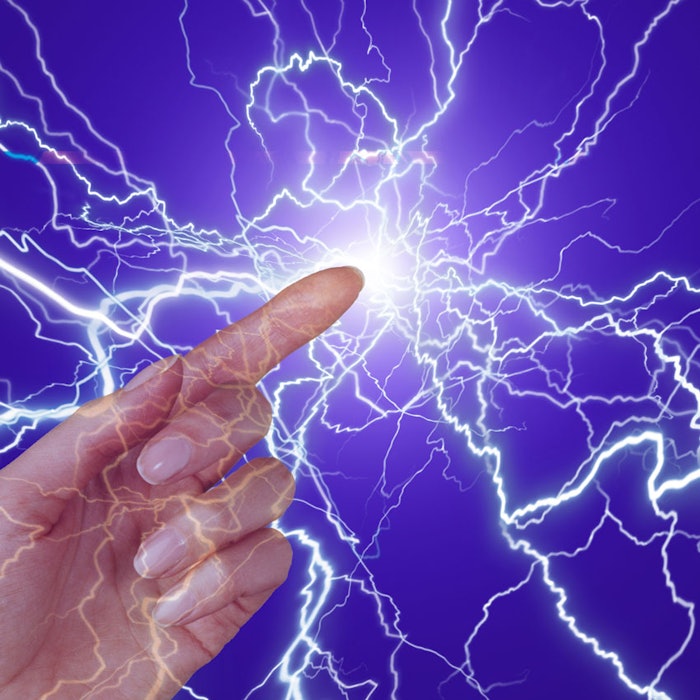
Michigan State University researchers have discovered a way to store energy created by human motion. Using a low-cost, film-like device known as a nanogenerator, the scientists were able to operate an LCD touch screen, 20 LED lights and a flexible keyboard using nothing more than human touch; and no battery.
According to the university report, the nanogerator starts as a silicone wafer to which several thin layers of environmentally friendly substances including silver, polyimide and polypropylene ferroelectret are added. Ions are incorporated so that each layer contains charged particles. Electrical energy is then created when the device is compressed by human motion or mechanical energy. The completed device, called a biocompatible ferroelectret nanogenerator (FENG), is as thin as a sheet of paper and can be adapted to many applications and sizes.
Nelson Sepulveda, associate professor of electrical and computer engineering and lead investigator of the project, believes they're "on the path toward wearable devices powered by human motion.” These findings were published in the journal Nano Energy.
“What I foresee, relatively soon, is the capability of not having to charge your cell phone for an entire week, for example, because that energy will be produced by your movement,” said Sepulveda, whose research is funded by the National Science Foundation.
Advantages such as being lightweight, flexible, biocompatible, scalable, low-cost and robust could make FENG “a promising and alternative method in the field of mechanical-energy harvesting” for many autonomous electronics such as wireless headsets, cell phones and other touch-screen devices, the study says.
The device also becomes more powerful when folded. “Each time you fold it you are increasing exponentially the amount of voltage you are creating,” Sepulveda said, adding that once it is folded small enough, it could be inserted into the heel of a specially made shoe to create power with every step.
What does this mean for personal care? With growing interest in wearables that, for example, monitor skin conditions and UV exposure (ultimately to make product consultations), it could be a giant step forward to powering novel e-skin sensory and skin care concepts.










